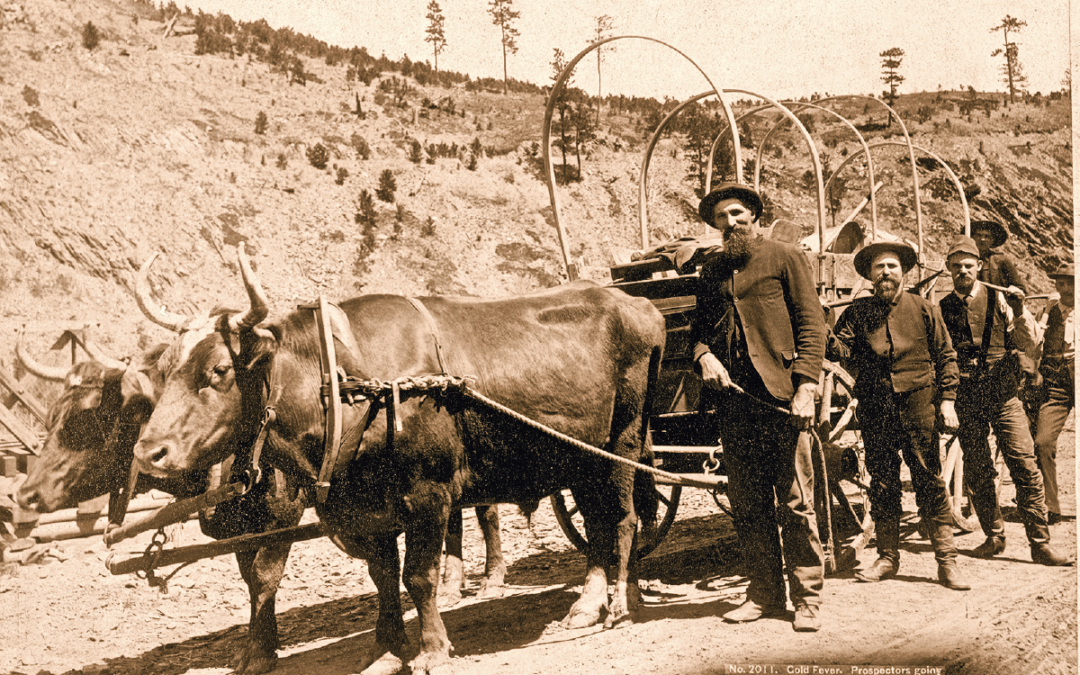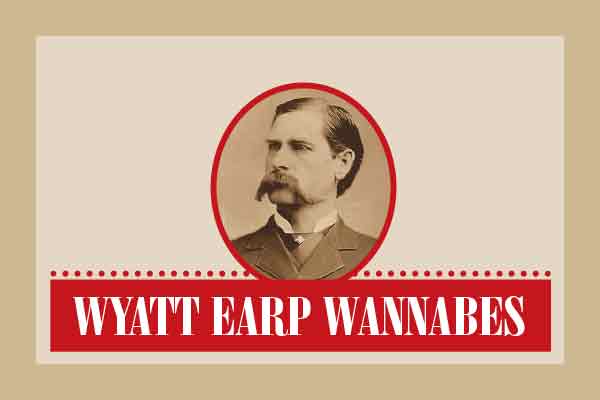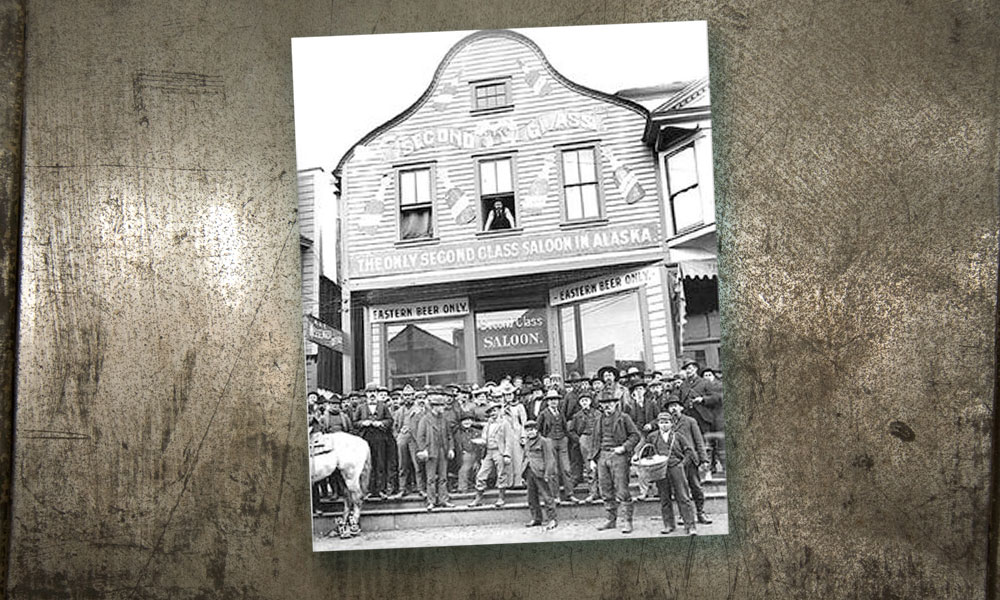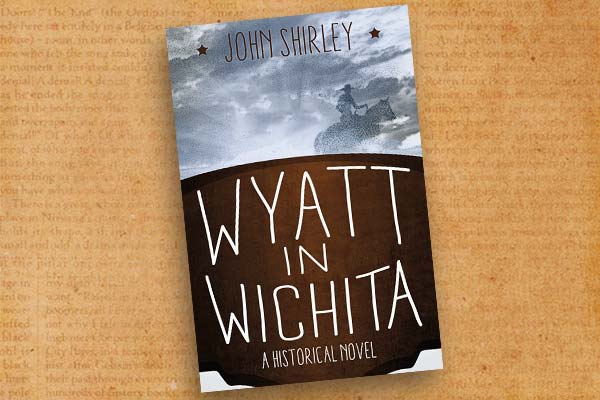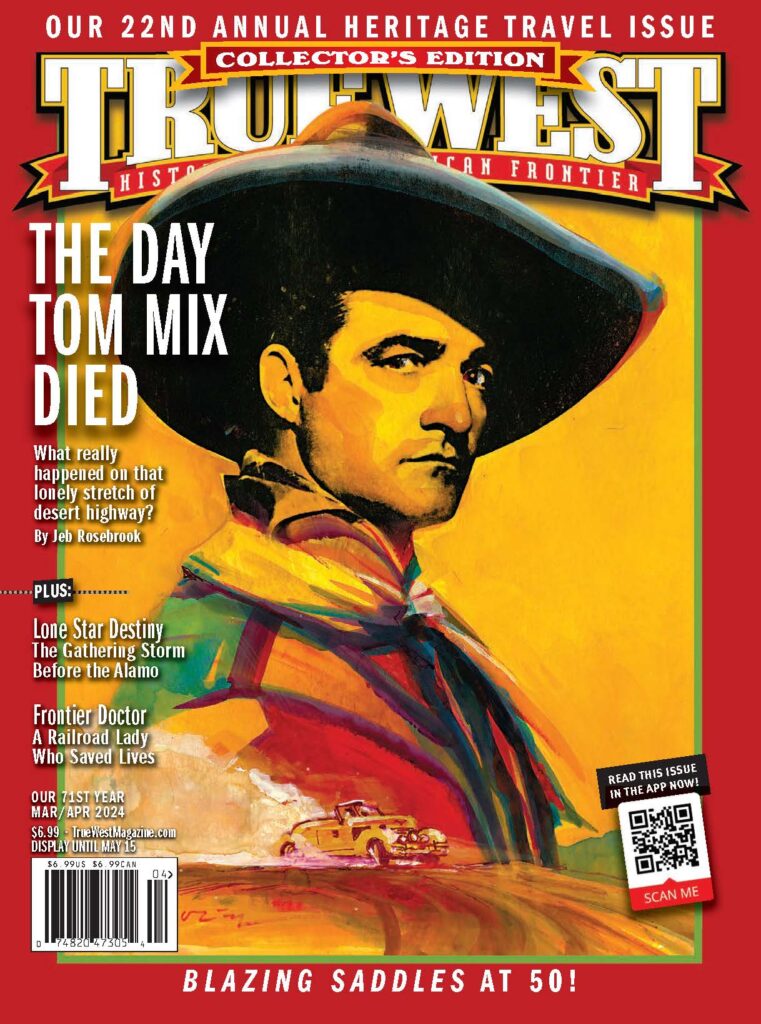What is your opinion of Stuart Lake’s Wyatt Earp biography Frontier Marshal?
Josh Taylor Austin, Texas
Much of Lake’s book comes from the fertile mind of Lake, but to his credit, it made a Western legend out of Wyatt. Lake had a tough job—he had to deal with Sadie Earp, who was a constant thorn in his side. She was hell-bent on making Wyatt a legend and forbid Lake to write anything about his (or her) jaded past. Interviewing Wyatt was also difficult; the man just didn’t want to talk.
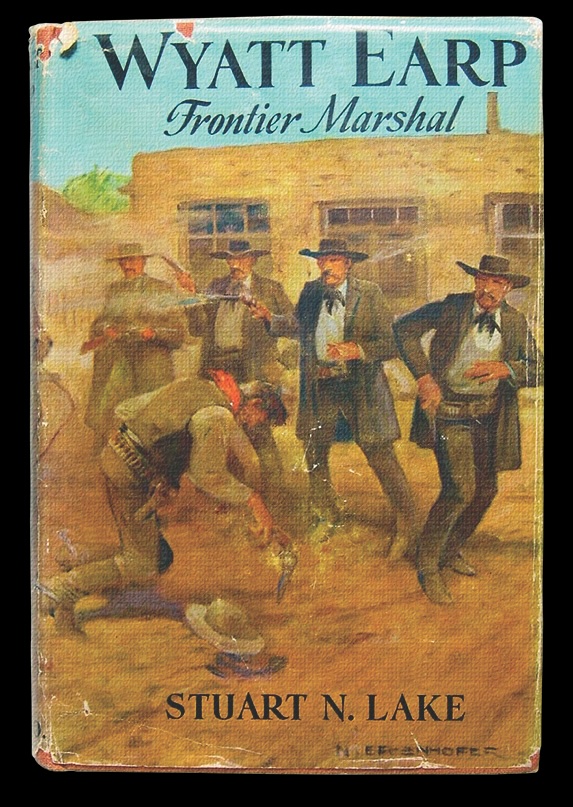
True West Archives
Westerns often show a horseless cowboy carrying his saddle. Were they that valuable?
Tom Gronski St. Louis, Missouri
A cowboy’s saddle might cost him about $40. He probably earned about $30 a month, so it was a big investment. Besides, a cowboy might have an attachment to a well-broken-in saddle.
Did westward wagons only have one team pulling them all the way, or were there extra animals that were swapped out?
Joel Conway Doraville, Georgia
A wagon had to be light enough to not overtax the mules or oxen that pulled it and strong enough not to break down under loads of as much as 2,500 pounds. Most didn’t have extra animals, so the travelers had to take care of what they had.
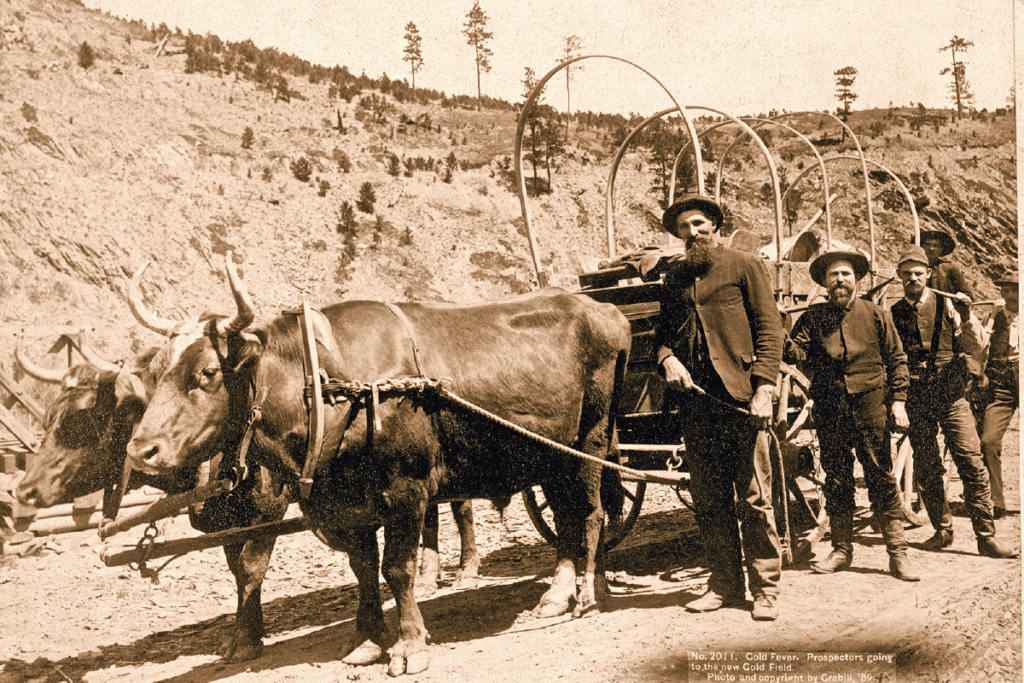
John C.H. Grabill, Courtesy Library of Congress
Where did the term “shoots from the hip” come from?
Lance Crawford Richmond, Virginia
“Shoots from the hip” refers to a person who is a “straight shooter,” an honest and very direct person. It also refers to speaking without thinking—without taking aim, if you will. An interesting combination—fast, honest, but not necessarily accurate.
Have you ever heard of a colorful “wild woman” of the West named Prairie Rose?
Susan Clark Greely, Colorado
Some historians say the tale of Prairie Rose is a myth, but here’s the story. Prairie Rose (real name unknown) was a beautiful young harlot in the rowdy town of Ellsworth, Kansas. One day, she bet a cowboy 50 bucks that she would ride a horse down main street bare naked the following day at high noon.
Next day at 12 o’clock, there she rode. In Rose’s right hand was her Colt revolver—and she pointed in the direction of any man who dared look her way.
Prairie Rose collected her winnings and rode into pages of Western folklore. If it’s not true, well, it should be.
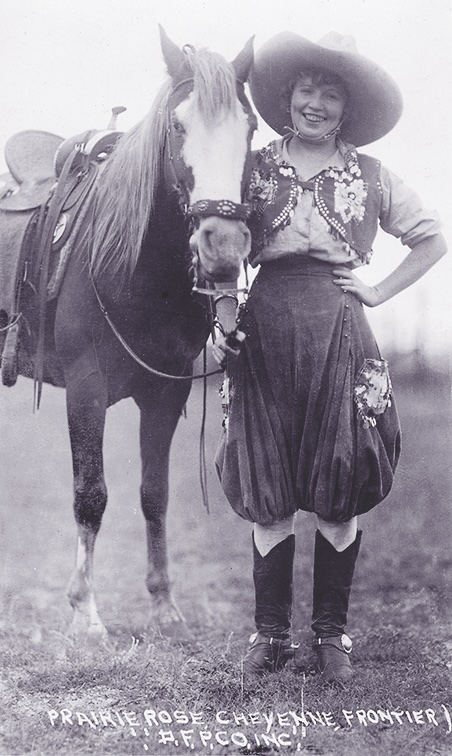
True West Archives
Has there been any DNA test of Billy the Kid and or his mother to determine if he really died in Fort Sumner?
Hector Garza Laredo, Texas
The simple answer is “no.”
A few years ago, two New Mexico sheriffs and the mayor of Capitan, New Mexico, proposed a 21st-century solution: exhume the remains from the gravesites of Billy and his mother, Catherine Antrim, who is buried in Silver City, New Mexico, and match the DNA against a sample taken. The results would confirm or disprove all the claims to “the real Billy the Kid.” However, the mayors of Silver City and Fort Sumner both denied permission to exhume the graves. The problem is that nobody is certain that Catherine and Billy are actually buried where their monuments say they are. Flooding of the Pecos River at Fort Sumner in 1889 and 1904 disturbed Billy’s burial site (and that of his two friends, Tom Folliard and Charlie Bowdre). They are buried in the area, but the actual site is uncertain. There are similar questions about Catherine Antrim’s remains. There’s another factor. The mayors of those two locales—and area citizens—don’t want those graves to be touched. They are tourist attractions. And what if it’s discovered that Billy isn’t the real Billy?

